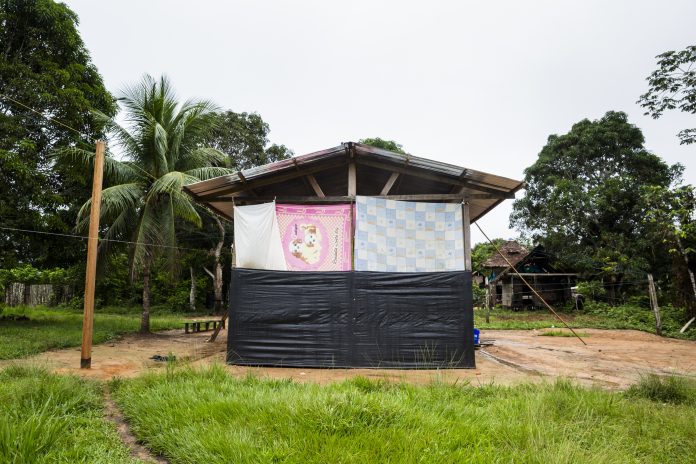Indigenous communities in the Amazon have been found to have high blood levels due to illegal oil extraction sites, according to a new study
Throughout the COVID pandemic, the Amazon rainforest and the communities who live there have faced another type of existential threat: organised crime. These groups of armed individuals have been entering Indigenous areas in the Amazon, to illegally extract oil and gold.
While coming face to face with these groups can result in violence or the transmission of COVID-19, there is an insidious side effect of illegal oil extraction that leads to food and water resources becoming poisoned.
Describing the ongoing oil extraction by organised crime groups, Maria Laura Canineu, Brazil director at Human Rights Watch, said: “Unless the government takes decisive action to enforce the law and expel the invaders, the situation will only get more dangerous.”
Lead is described by the World Health Organisation (WHO) as one of the top ten most dangerous chemicals for human ingestion – leading to developmental issues, when absorbed by young children and babies.
309 children under the age of 12 involved in study
The study looked at the experiences of 1,047 people, with 309 (31%) children under the age of 12. The population involved in this work lives across four river basins in Peruvian Amazonia. The investigation was led by Cristina O’Callaghan-Gordo, a professor and researcher in Health Sciences Studies at the Universitat Oberta de Catalunya (UOC) and the Barcelona Institute for Global Health (ISGlobal), a centre supported by the “la Caixa” Foundation and the National Institute of Health of Peru.
‘Lead is present in animals in this region’, says investigator
Cristina O’Callaghan-Gordo, first author, said: “The main hypothesis is that the metal reaches them through their diet in areas with the most serious environmental pollution, as the population hunts and fishes for food, and previous studies have shown the that lead is present in animals in this region.
“On the other hand, in places with lower levels of environmental pollution, the most likely route is occupational exposure, such as coming into direct contact with oil due to participating in clean-up tasks after oil spills.”
Corrientes river basin community most at risk
The highest blood lead levels were found among participants from the Corrientes river basin, which accounts for most of the oil extraction activity in the region.
The team found the high levels of lead in people who lived less than an hour’s walk from an oil facility.
Cristina O’Callaghan-Gordo further commented: “Levels of lead like those we found in Peru have effects on health. In fact, any amount of this metal in the blood has consequences for health. The most well-known known effects are neurological and neurodevelopmental problems in children.”
The levels of lead discovered in this study are twice as high as the values reported for children in Europe between 1999 and 2007, when leaded petrol was still used in Europe.











